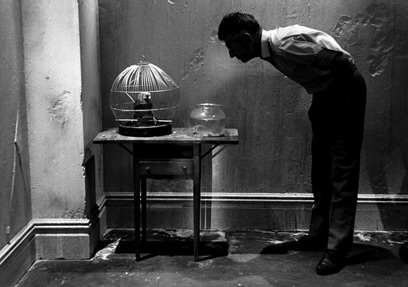It means what it says

Modernity became obsessed with analysis and the elimination of vague, ambiguous, or contradictory ideas. We fell almost completely under its sway and came to imagine that the picture of reality that such thinking provided gave us the best way to understand our world and our place in it.
It was as if we had finally found our way out of the cave and into the kind of light that Plato had thought existed with the Platonic forms. It appeared that modern thinkers had found their way out of the shadowy and mysterious realm of our actual experience and found the kind of certainty that Plato had sought.
Today, however, we are able to see that from a very different perspective because of what we know concerning the human brain. We now know that as appealing as such certainty is, it merely represents one way that the human brain is capable of thinking. Instead of the moving picture of our actual experience, we are capable of ideas that represent snap shots, which make the distances, perspectives, and relations that we actually experience appear fixed and give us the kind of clear and distinct ideas that we crave.
In the seventh book of the Republic, Plato sets forth his famous allegory of the cave. The traditional understanding interpreted it as Plato arguing that both becoming and being were real because there were two different worlds or realms of reality. One was the world of sense-data, which the Pre-Socratic philosopher, Heraclitus argued was purely a matter of becoming. In this world, nothing ever exists in a pure state of being but is always becoming something else.
Plato however, claimed that there was another world where things did exist in a pure state of being. Parmenides and several other Pre-Socratic philosophers had long claimed that the world of which Heraclitus spoke was an illusory world produced by a naïve trust in our unreliable senses and that in fact reason showed us that only being truly existed and all becoming and change was illusory. Plato agreed with both Heraclitus and Parmenides: he believed that the world of our sense data was real and not merely illusory, but there was also a world of pure being - the parallel universe that Plato would come to describe as the world of the forms.
photo { Steve Schapiro, Samuel Beckett Looking at Parrot, New York, 1964 }


